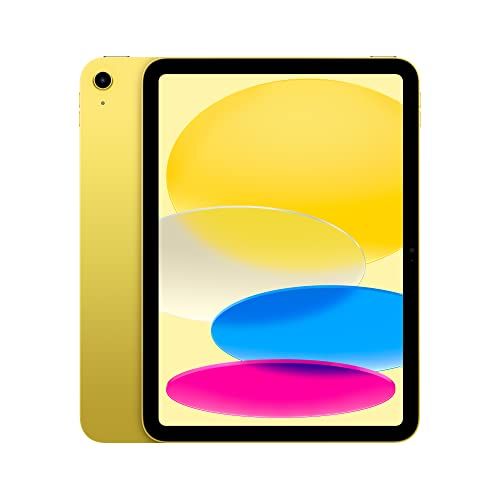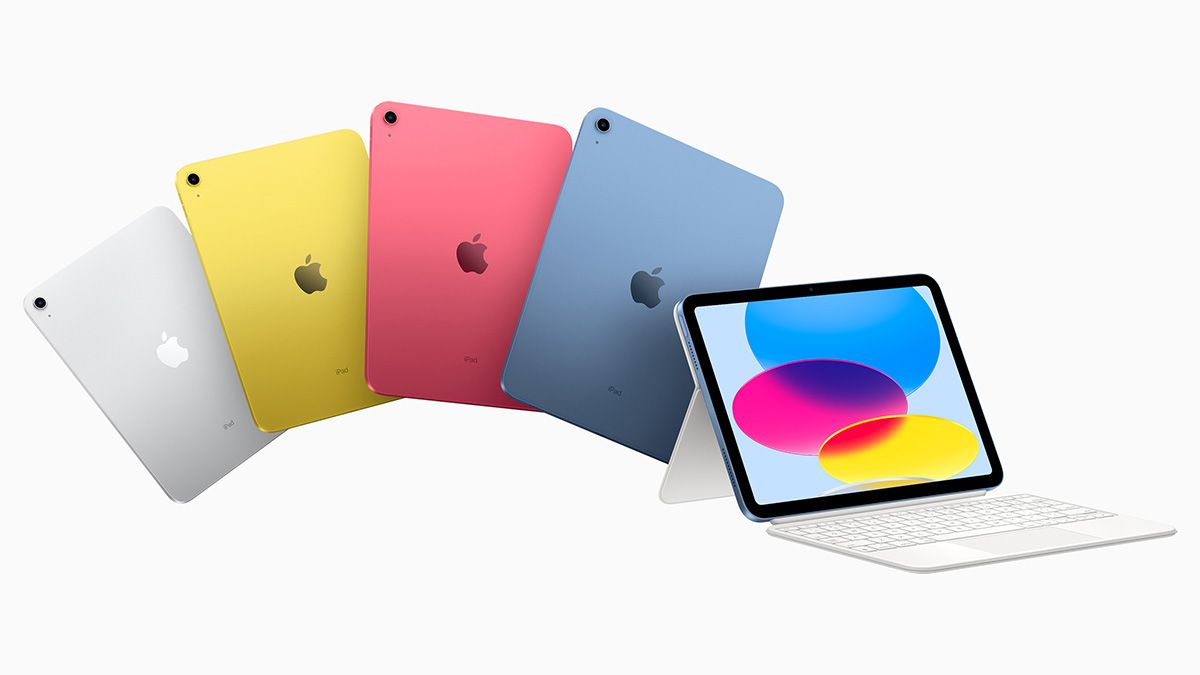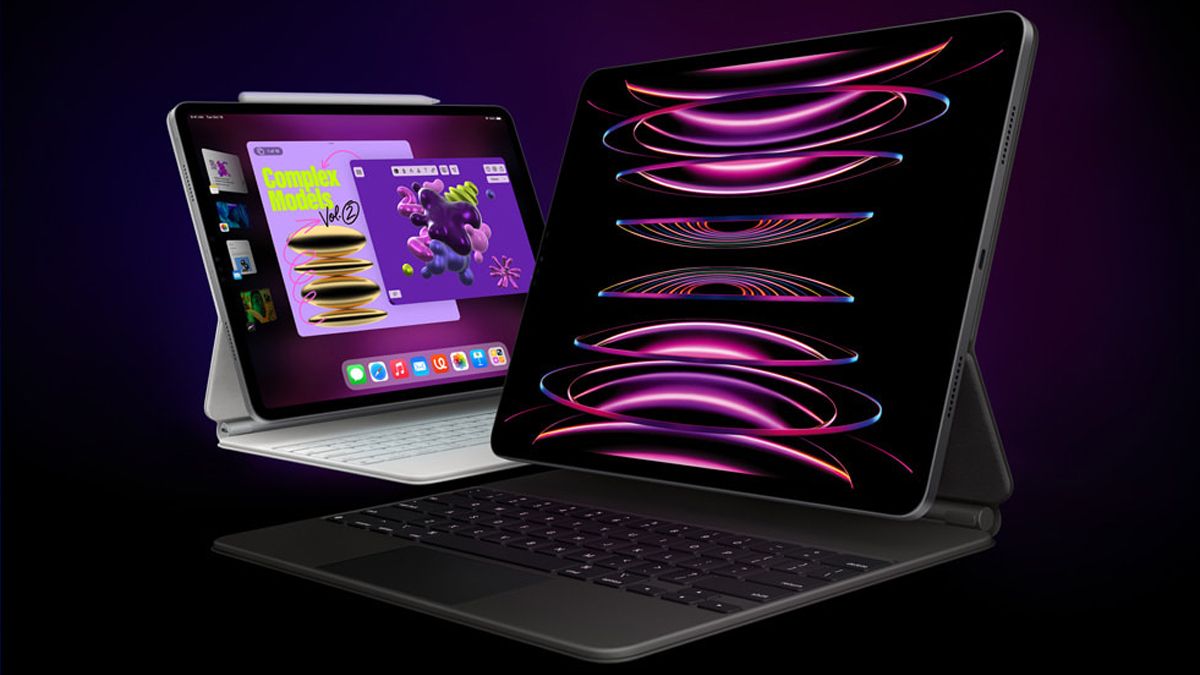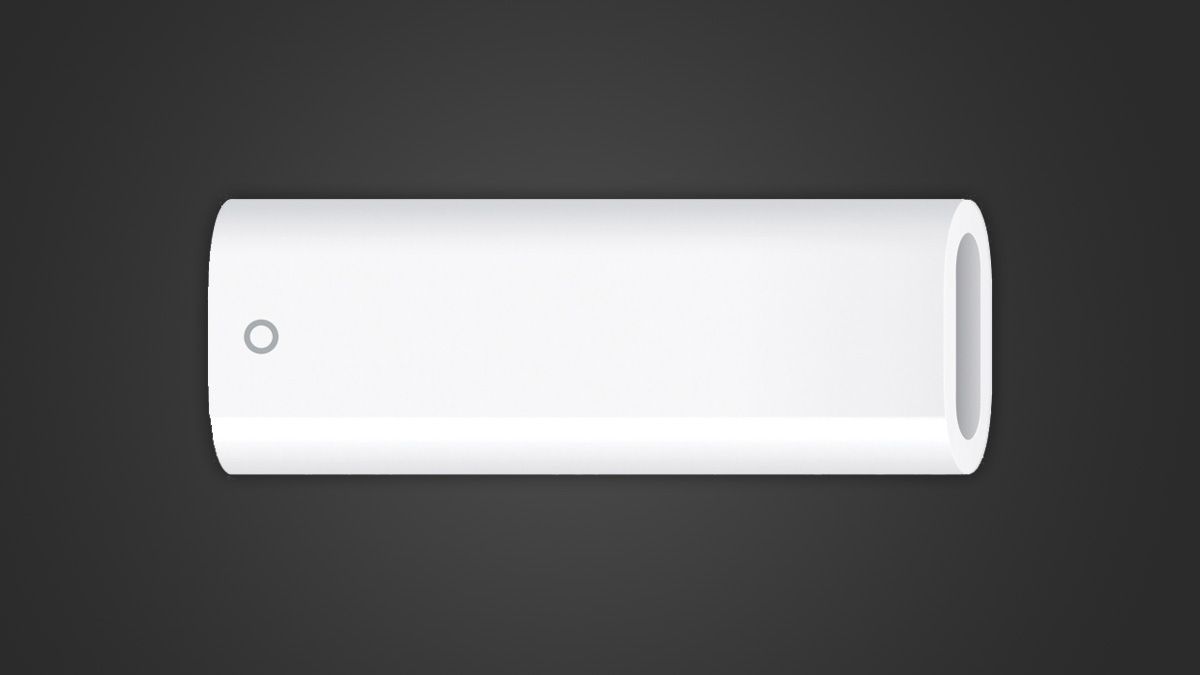Quick Links
Partly owing to a lack of serious competitors in the Android space, Apple reached the top of the tablet game with the iPad lineup. As we stand, though, there are way too many iPads on the market --- and users are confused.
2022's New iPads Make Things Extra Complicated
Apple unveiled two brand-new iPads in 2022 --- the 10th generation iPad and a new, Apple M2-powered iPad Pro. However, they were just the newest members in a lineup that has been getting increasingly confusing over time. Let's explain why.
First off, at the bottom of the barrel, we have the 9th-generation iPad. Apple didn't discontinue this one with the launch of the 10th generation iPad, despite the newer one being a radical improvement in many regards.
The 9th-gen unit features an Apple A13 Bionic CPU, the same chip powering the iPhone 11 and other devices. It also has a Lightning port, a screen with notable bezels, and a Touch ID front button. It's Apple's cheapest iPad, starting at $329.
Then, we have the 10th-generation iPad. It starts at $449, so it's fairly expensive, yet you're getting an improved A14 CPU and a display with reduced bezels.

iPad (10th generation)
Apple's 10th gen base level iPad introduces smaller bezels and a USB-C port while bringing the price up.
The front Touch ID button is swapped for a side sensor, and the Lightning port is replaced with a USB-C port.
Going one step above, we have the iPad mini. That one starts at $499, but despite the fact that it's smaller than the standard iPad, it's actually a more premium one, coming with an A15 processor, a better display, and more additions. And then, we go up to the iPad Air. That one is actually the same size as the regular iPad but has several additions, such as an M1 CPU. You can think of the iPad Air as a "pro" version of the standard iPad.
Finally, the more premium model is the iPad Pro, refreshed with an M2 CPU, and has way more powerful cameras and features than the other models, as well as the addition of Face ID in place of Touch ID and a Thunderbolt 4-capable USB-C port.
This means we have a total of five iPads, all of which have confusing differences between each other. That's only the tip of the iceberg, though.
But Wait, There's More!
Not only is there an absurd amount of iPads flooding the market, but the differences between each other can be confusing to the typical user who rarely reads a spec sheet. And thanks to the launch of the 2022 iPads, it got worse.
Perhaps the worst offender here is the 10th-generation iPad. For starters, it comes with a USB-C port, putting another nail in the Lightning port's coffin. Yet, the device is only compatible with the first-generation Apple Pencil, which has a Lightning connector, and not the second-generation Apple Pencil that's geared towards all USB-C-equipped iPads except for this one.
Apple's solution for this? Make a weird-looking dongle with one female USB-C port and one female Lightning port. You plug the Pencil on one end, and then connect a USB-C-to-USB-C cable on the other end, and then plug that into your iPad. It almost seems like trolling on Apple's part.
The iPads also differ in regards to what accessories are compatible with what tablets. The iPad Pro and the iPad Air both work with the Magic Keyboard and the Smart Keyboard Folio, but the 10th-gen iPad only works with a new, exclusive-to-this-model Magic Keyboard Folio. The 9th-gen iPad, on the other hand, works only with the Smart Keyboard. And to top things off, the iPad mini, which sits right in the middle of this messy lineup, is actually not compatible with any of these --- you'll be able to type on it using other Bluetooth keyboards.
Apple Needs to Improve
The iPhone lineup is a fine example of how Apple can do things right. You can get a rough idea of the difference between the various iPhones just by looking at their model number. It's not a bulletproof strategy, of course, seeing how the non-Pro iPhone 14 is actually pretty similar to its predecessor, the iPhone 13. But it's at least easy to follow.
Apple is, though, making a mess with the iPad lineup. There are way too many of them, and they're confusing. Apple needs to streamline the lineup as soon as possible.



